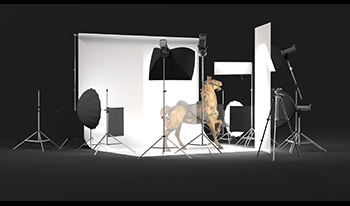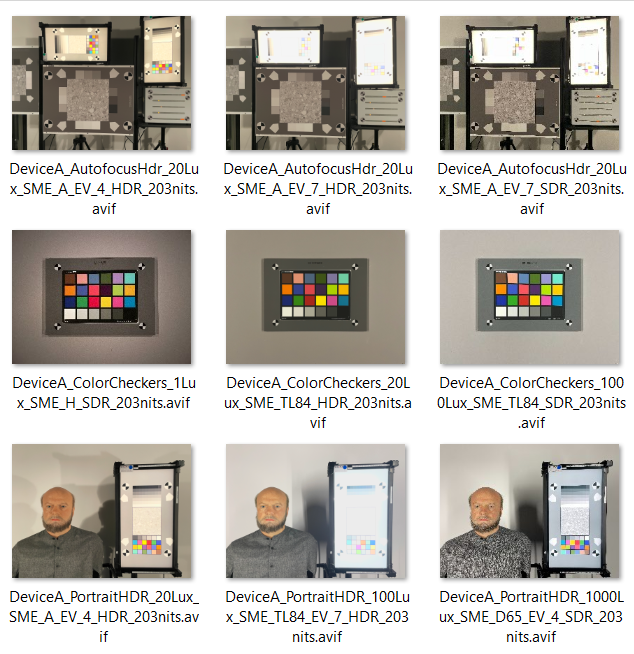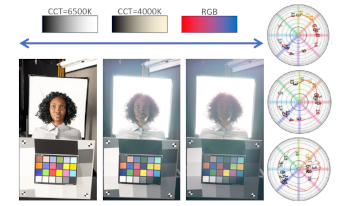
As 3D Imaging for cultural heritage continues to evolve, it’s important to step back and assess the objective as well as the subjective attributes of image quality. The delivery and interchange of 3D content today is reminiscent of the early days of the analog to digital photography transition, when practitioners struggled to maintain quality for online and print representations. Traditional 2D photographic documentation techniques have matured thanks to decades of collective photographic knowledge and the development of international standards that support global archiving and interchange. Because of this maturation, still photography techniques and existing standards play a key role in shaping 3D standards for delivery, archiving and interchange. This paper outlines specific techniques to leverage ISO-19264-1 objective image quality analysis for 3D color rendition validation, and methods to translate important aesthetic photographic camera and lighting techniques from physical studio sets to rendered 3D scenes. Creating high-fidelity still reference photography of collection objects as a benchmark to assess 3D image quality for renders and online representations has and will continue to help bridge the current gaps between 2D and 3D imaging practice. The accessible techniques outlined in this paper have vastly improved the rendition of online 3D objects and will be presented in a companion workshop.

This paper is the continuation of a previous work, which aimed to develop a color rendering model using ICtCp color space, to evaluate SDR and HDR-encoded content. However, the model was only tested on an SDR image dataset. The focus of this paper is to provide an analysis of a new HDR dataset of laboratory scenes images using our model and additional color rendering visualization tools. The new HDR dataset, captured with different devices and formats in controlled laboratory setups, allows the estimation of HDR performances, encompassing several key aspects including color accuracy, contrast, and displayed brightness level, in a variety of lighting scenarios. The study provides valuable insights into the color reproduction capabilities of modern imaging devices, highlighting the advantages of HDR imaging compared to SDR and the impact of different HDR formats on visual quality.

This article provides elements to answer the question: how to judge general stylistic color rendering choices made by imaging devices capable of recording HDR formats in an objective manner? The goal of our work is to build a framework to analyze color rendering behaviors in targeted regions of any scene, supporting both HDR and SDR content. To this end, we discuss modeling of camera behavior and visualization methods based on the IC T C P /ITP color spaces, alongside with example of lab as well as real scenes showcasing common issues and ambiguities in HDR rendering.

This paper explores the relationship between additive and subtractive mixing for printing colour. Using mica pigments that are based on additive colour mixing principles, that when combined, create white. Although currently used for decorative effects for printing, can present a challenge to traditional print markets. We describe different plate making and printing methods for photographic and photomechanical processes, and discuss their applications and limitations.